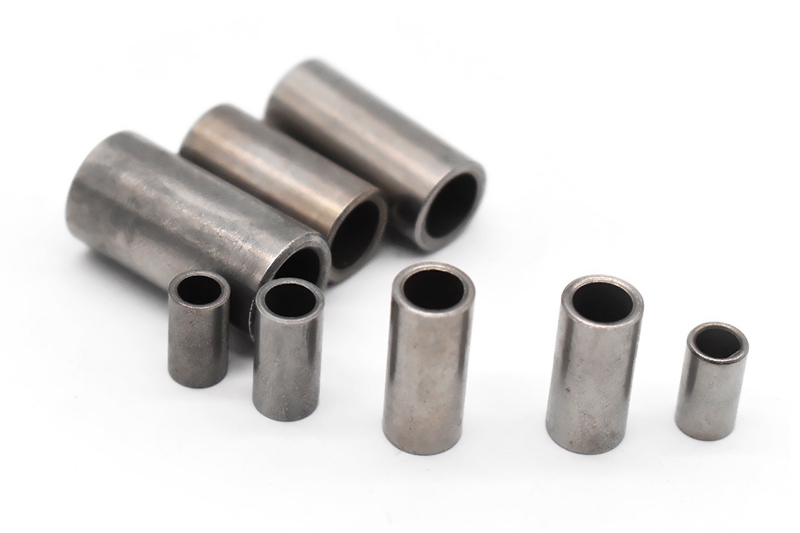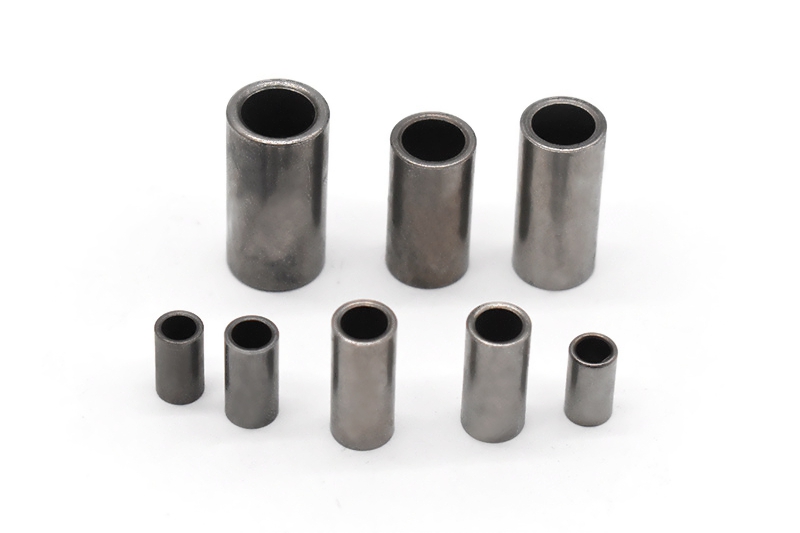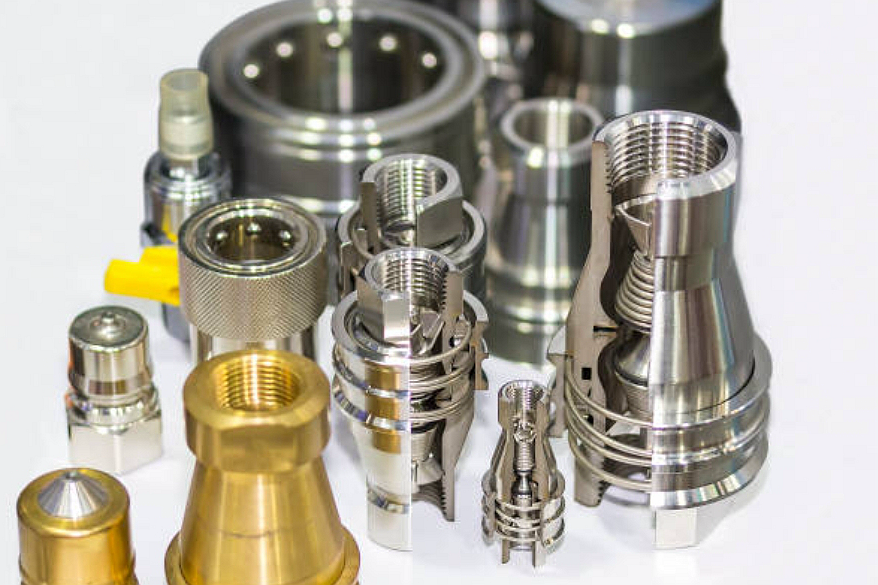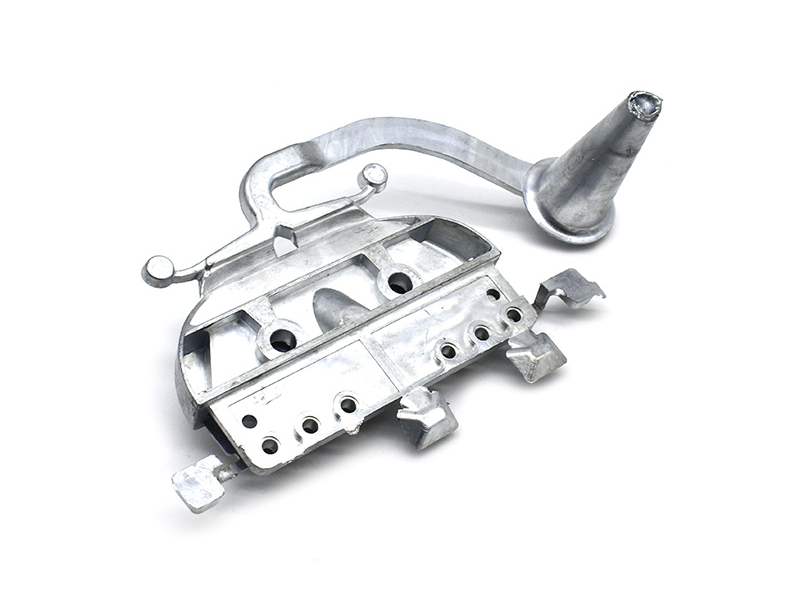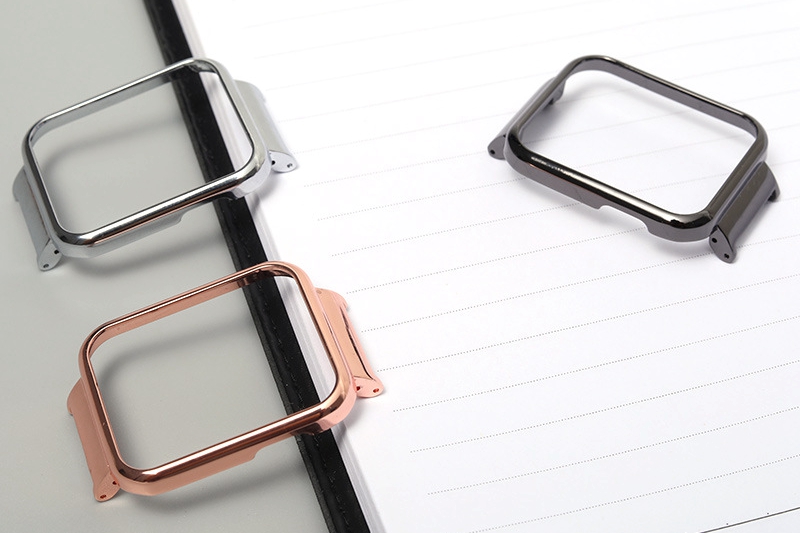Wear Resistance Comparison of Metal Injection Molding (MIM) Parts and Traditional Parts
Importance of Wear Resistance In Different Industries
Wear resistance is a critical factor in various industries, influencing the durability and performance of components. Understanding and optimizing wear resistance is paramount, especially for custom parts manufacturing. Generally, the wear environment of parts is divided into two types. One is the lubricating environment, working under conditions containing oily lubricants. The other is a non-lubricated environment.
Automotive Industry
In automotive applications, components like engine parts, gears, and brake systems face constant friction and abrasion. Improving wear resistance ensures longevity and minimizes downtime. For instance, utilizing metal injection molding (MIM) with a hardness exceeding 60 HRC (Rockwell C scale) for critical engine components enhances durability and reduces the need for frequent replacements.
Aerospace Sector:
Aerospace demands high-performance materials due to extreme conditions and rigorous usage. Parts subjected to intense forces, such as turbine blades, benefit from materials with wear resistance values, often measured by abrasion tests. Ceramic injection molding (CIM) can produce components with superior wear resistance, ensuring prolonged service life in aerospace applications.
Machinery and Equipment Manufacturing:
In heavy machinery manufacturing, components like gears, bearings, and hydraulic system parts are exposed to harsh working environments. Utilize precision casting methods, such as investment casting, to produce parts with surface hardness exceeding 550 HB (Brinell hardness) to enhance wear resistance. It, in turn, contributes to increased efficiency and reduced maintenance costs.
Consumer Electronics:
Wear resistance is crucial in consumer electronics, particularly for parts like connectors, buttons, and hinges. Plastic injection molding with wear-resistant additives can significantly enhance the lifespan of these components. Achieving a low coefficient of friction, typically below 0.2, ensures smooth operation and reliability over prolonged usage. Or replace plastic products with metal injection molded parts with higher performance, such as MIM hinges.
Medical Equipment:
In the medical field, where precision and reliability are paramount, wear resistance plays a vital role. Custom parts for medical devices, manufactured through processes like CNC machining, must exhibit minimal wear to guarantee accurate and consistent performance. Tolerances as tight as ±0.005 mm contribute to the precision required in medical applications.
General Machinery:
Wear resistance directly influences overall efficiency for general machinery applications, including pumps, valves, and shafts. Powder metallurgy methods, such as powder compression molding (PCM), enable the production of components with controlled porosity and hardness values up to 700 HV (Vickers hardness), ensuring optimal wear resistance in diverse operating conditions.
In conclusion, prioritizing wear resistance in custom parts manufacturing is a multifaceted approach involving material selection, production methods, and stringent quality control. The ability to tailor components with specific wear resistance characteristics contributes significantly to the reliability and longevity of parts across various industries.
Metal Injection Molding (MIM) Vs. Traditional Manufacturing Methods
Metal Injection Molding (MIM) parts offer notable advantages over traditional manufacturing methods in wear resistance. MIM is a powder metallurgy process that combines the design flexibility of plastic injection molding with the material properties of metal. Let's delve into a concise comparison between MIM parts and traditionally manufactured parts regarding wear resistance.
Material Homogeneity
Metal Injection Molding (MIM) parts excel in wear resistance compared to traditional manufacturing counterparts due to their superior material homogeneity. In MIM, fine powder particles contribute to a consistent composition throughout the component, ensuring uniform wear resistance across the entire part.
On the other hand, traditional manufacturing methods often result in variations in material composition, impacting wear resistance. Conventional techniques may struggle to achieve the same level of material homogeneity as MIM, leading to potential inconsistencies in wear performance. This highlights the advantage of MIM in producing components with reliable and predictable wear resistance, a crucial factor in various applications.
Porous structure
In comparing Metal Injection Molding (MIM) parts with traditional manufacturing parts in terms of wear resistance, the distinctive porous structure formed during the powder sintering process in MIM plays a crucial role. This honeycomb-like porous arrangement of metal powder within the MIM parts contributes significantly to their wear-resistant properties, particularly in environments with lubricants.
Traditional manufacturing processes, such as machining or casting, may lack the intricate porous structure found in MIM parts. The uniform distribution of metal powder in MIM creates a network of interconnected pores, enhancing the material's ability to withstand wear and friction.
The presence of this porous structure in MIM parts provides advantages in terms of lubricant retention and distribution. The interconnected porosity allows for better retention of lubricants within the material, creating a self-lubricating effect. As a result, MIM parts exhibit improved wear resistance compared to their counterparts produced through traditional manufacturing methods.
This enhanced wear resistance is particularly beneficial in applications where parts are subjected to constant friction and abrasion. The MIM process, with its honeycomb porous structure, contributes to prolonged part life and reduced maintenance requirements, ultimately improving the efficiency and productivity of components in various industrial settings.
Complex Geometries
Metal Injection Molding (MIM) parts excel in wear resistance compared to traditional manufacturing methods, particularly in dealing with intricate and complex geometries. The precision achieved through MIM enables the production of high-quality components with intricate designs, ensuring superior wear resistance tailored for specific applications.
In contrast, traditional manufacturing methods face challenges in reproducing such intricate designs, potentially compromising wear resistance, especially when dealing with components featuring complex shapes. The limitations of traditional processes become apparent in achieving the precision and intricacy that MIM offers for wear-resistant parts.
The advantage of MIM in handling complex geometries not only enhances the overall design flexibility but also contributes significantly to the longevity and performance of wear-resistant components in practical applications. This makes Metal Injection Molding a preferred choice for industries where precision and wear resistance are critical factors in component manufacturing.
Surface Finish and Tolerance
Metal Injection Molding (MIM) parts excel in wear resistance compared to traditional manufacturing counterparts. The key lies in achieving excellent surface finish and tight tolerances through MIM.
In MIM, the precision attainable is remarkable, minimizing surface irregularities that could hasten wear. The superior surface finish contributes to enhanced wear performance, ensuring prolonged durability. Tight tolerances in MIM further play a crucial role, preventing the occurrence of excess friction.
On the other hand, traditional manufacturing parts may present rougher surfaces and broader tolerances. This characteristic can lead to increased friction and wear over time, impacting the overall longevity and efficiency of the parts.
Material Options
In wear resistance, Metal Injection Molding (MIM) parts outshine traditional manufacturing parts due to the extensive material options available. MIM offers a diverse range of alloys, providing unparalleled flexibility to tailor materials precisely to meet specific application requirements. This versatility allows for optimizing wear resistance with a targeted approach.
On the contrary, traditional manufacturing parts face limitations in material options compared to MIM. This constraint can potentially restrict the ability to fine-tune materials for optimal wear performance. The broader material selection in MIM enhances wear resistance and contributes to the overall efficiency and longevity of the manufactured parts.
For instance, when addressing wear challenges, the ability to choose from a wide array of alloys in MIM, each with its unique properties, allows for a more tailored and effective solution. This adaptability results in improved durability, reduced maintenance needs, and enhanced productivity in applications with critical wear resistance.
